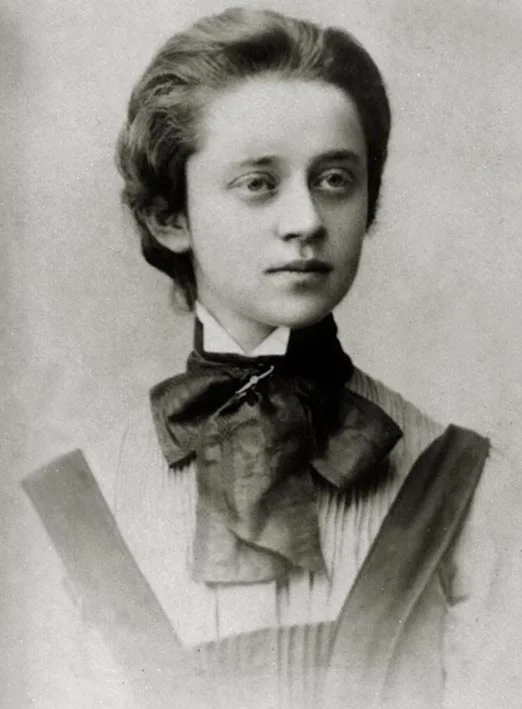Gender is strange, and when looking back in history it can seem doubly so. Between constant language shifts, the erasure many transgender people suffered from cisgender historians, and—for safety and privacy reasons—trans people themselves staying hidden, it can seem impossible to identify transgender people in history. With transgender men, there is an additional wrench thrown in the works.
Making Queer History has a vague title because it has a rather vague purpose. We are not alone in our aim to tell the queer community’s history. What defines us is our focus not only on the past, but toward the future.













